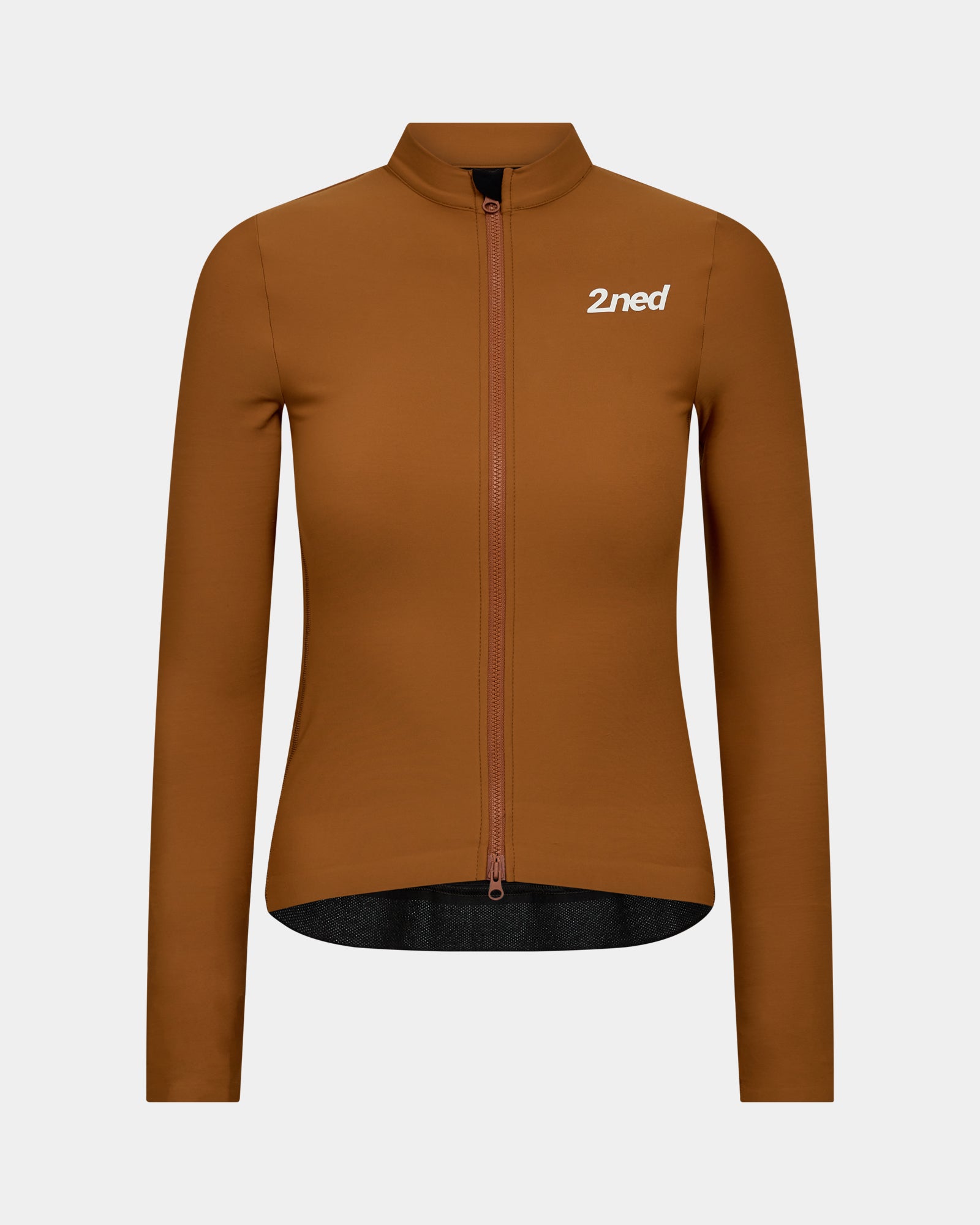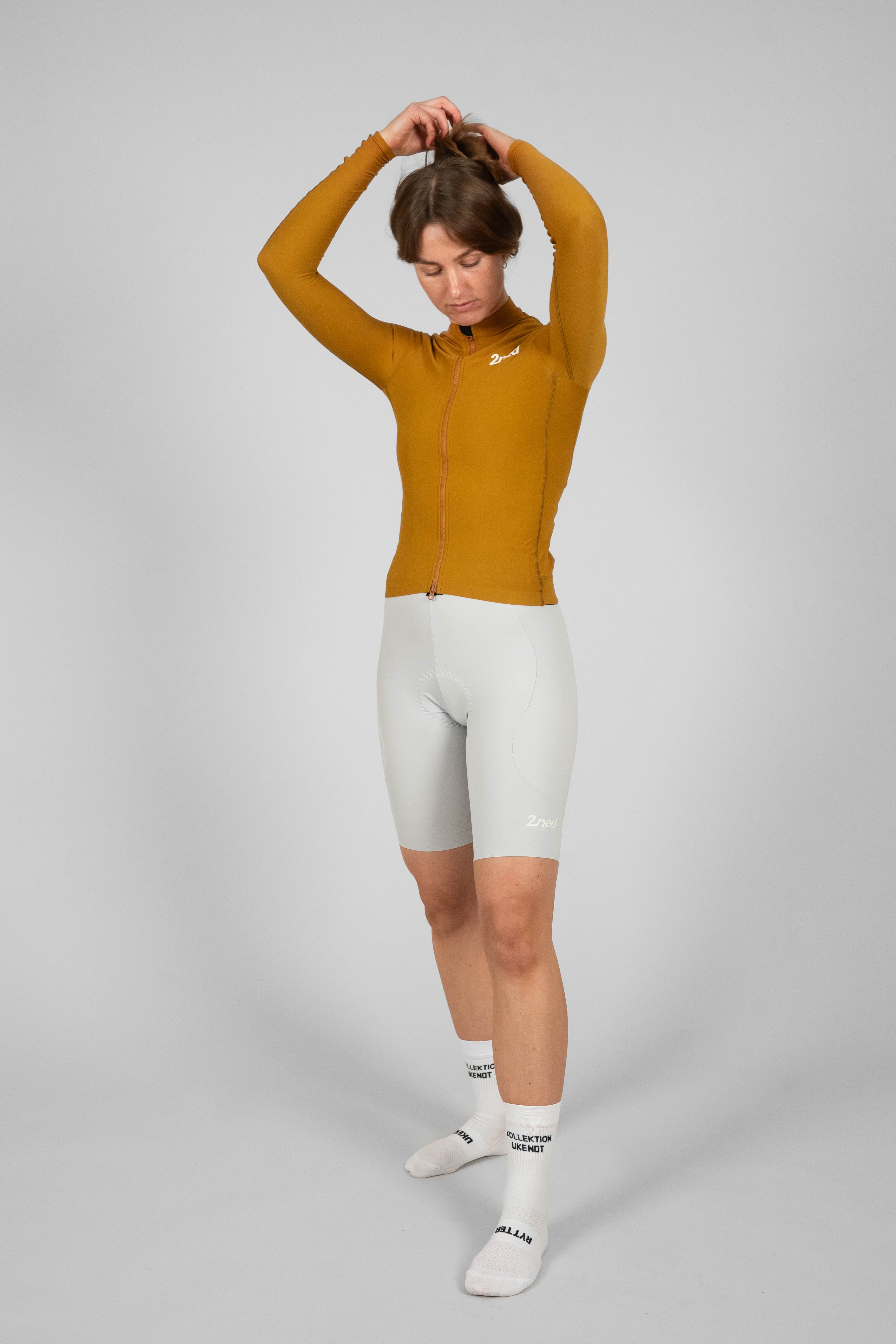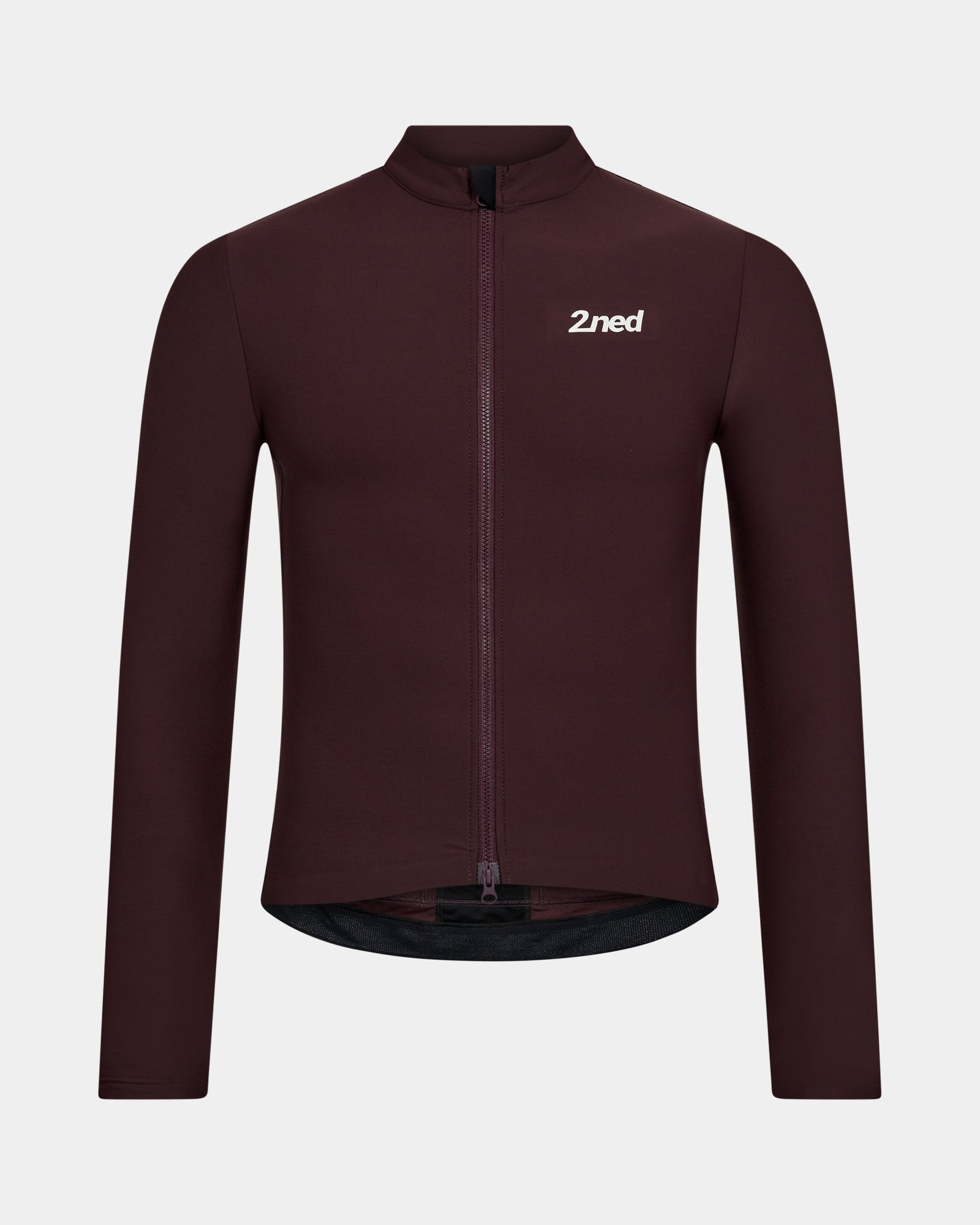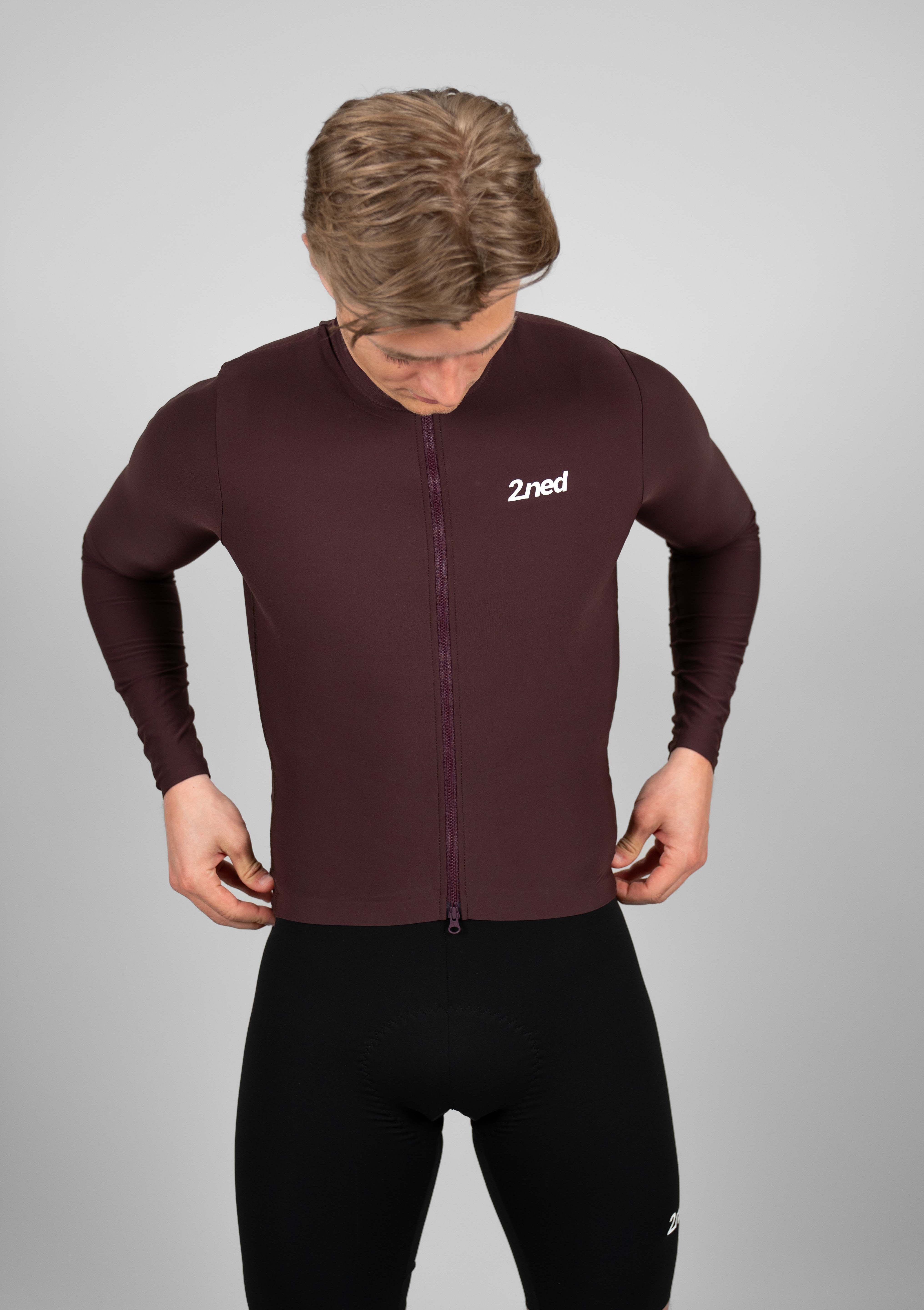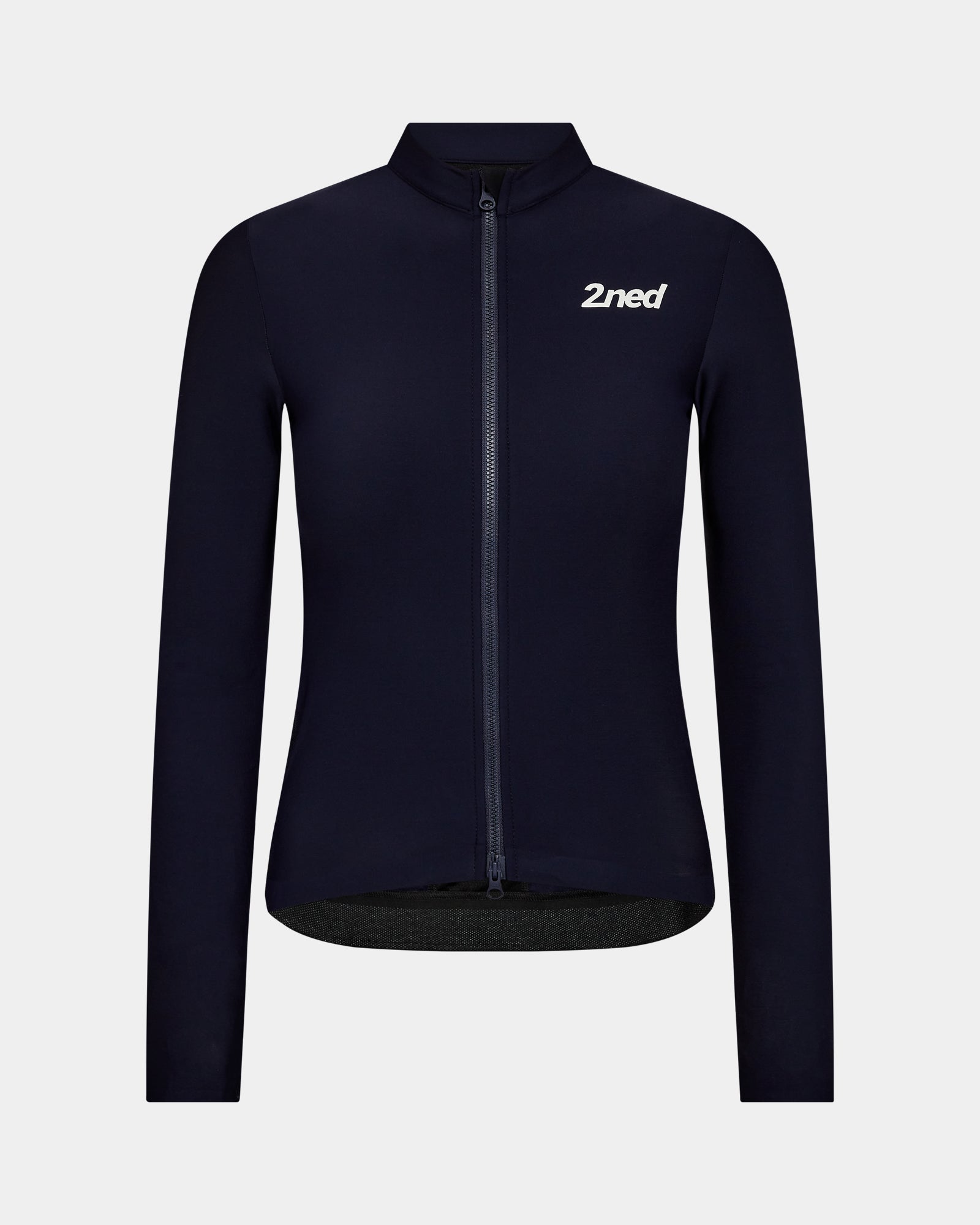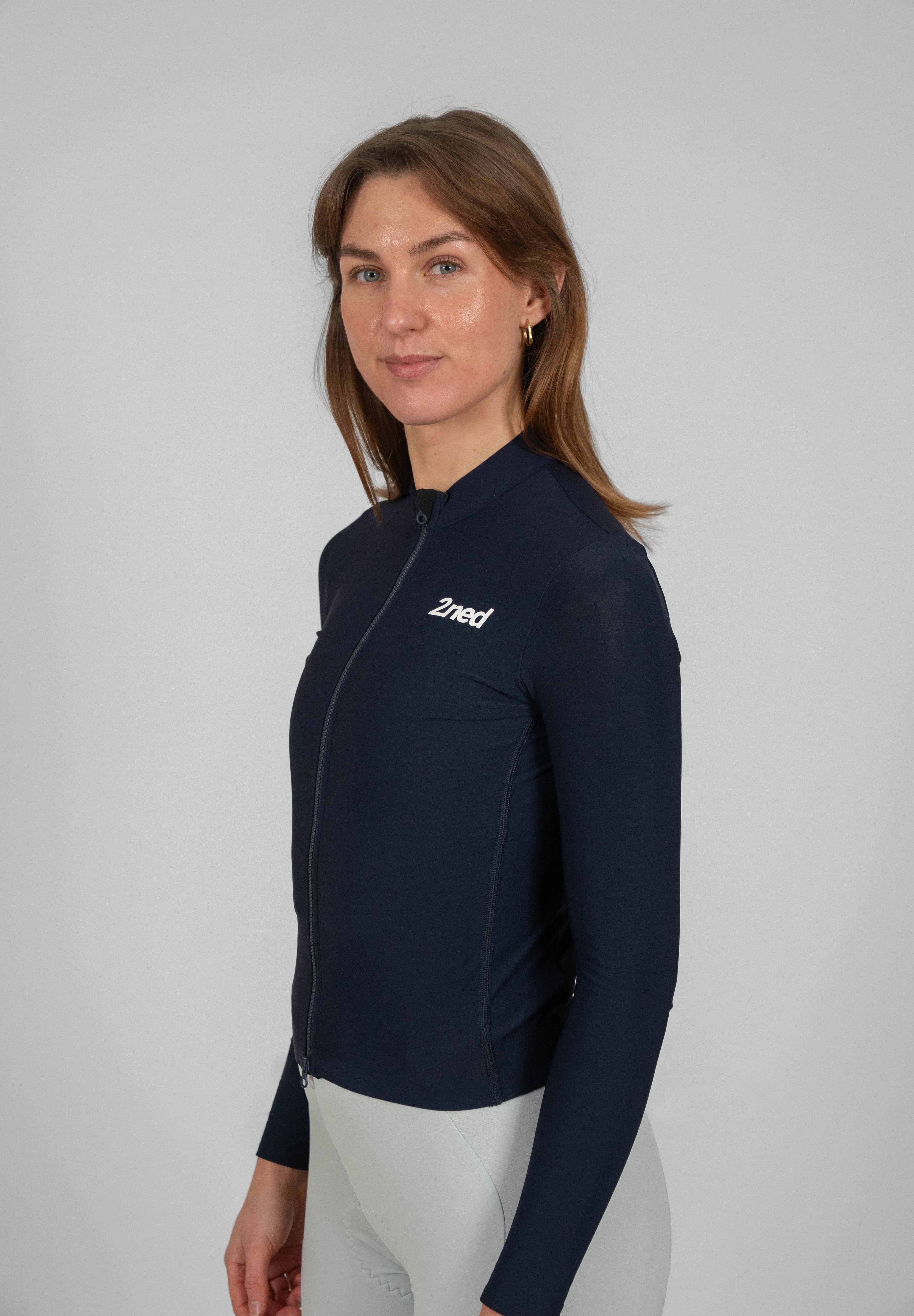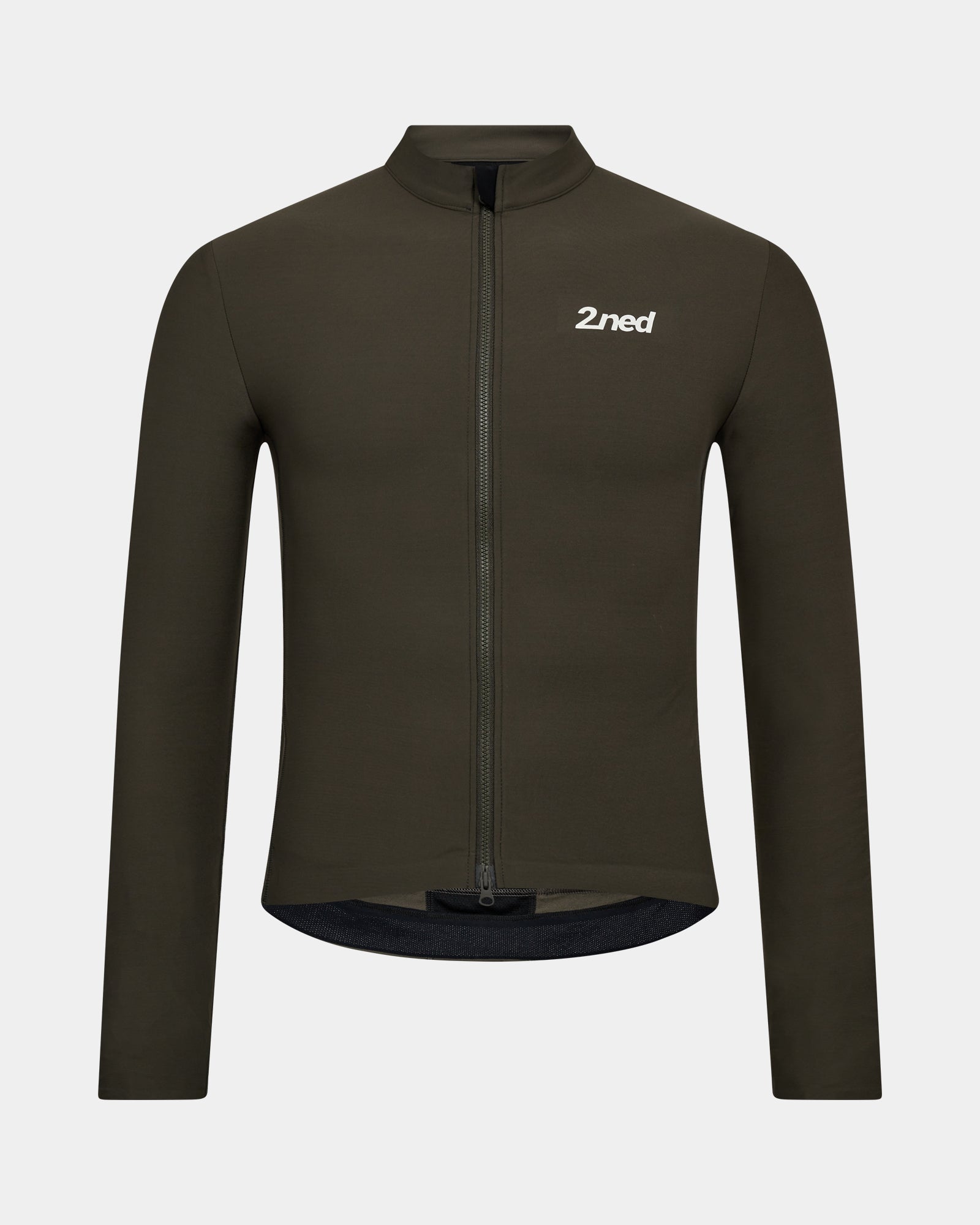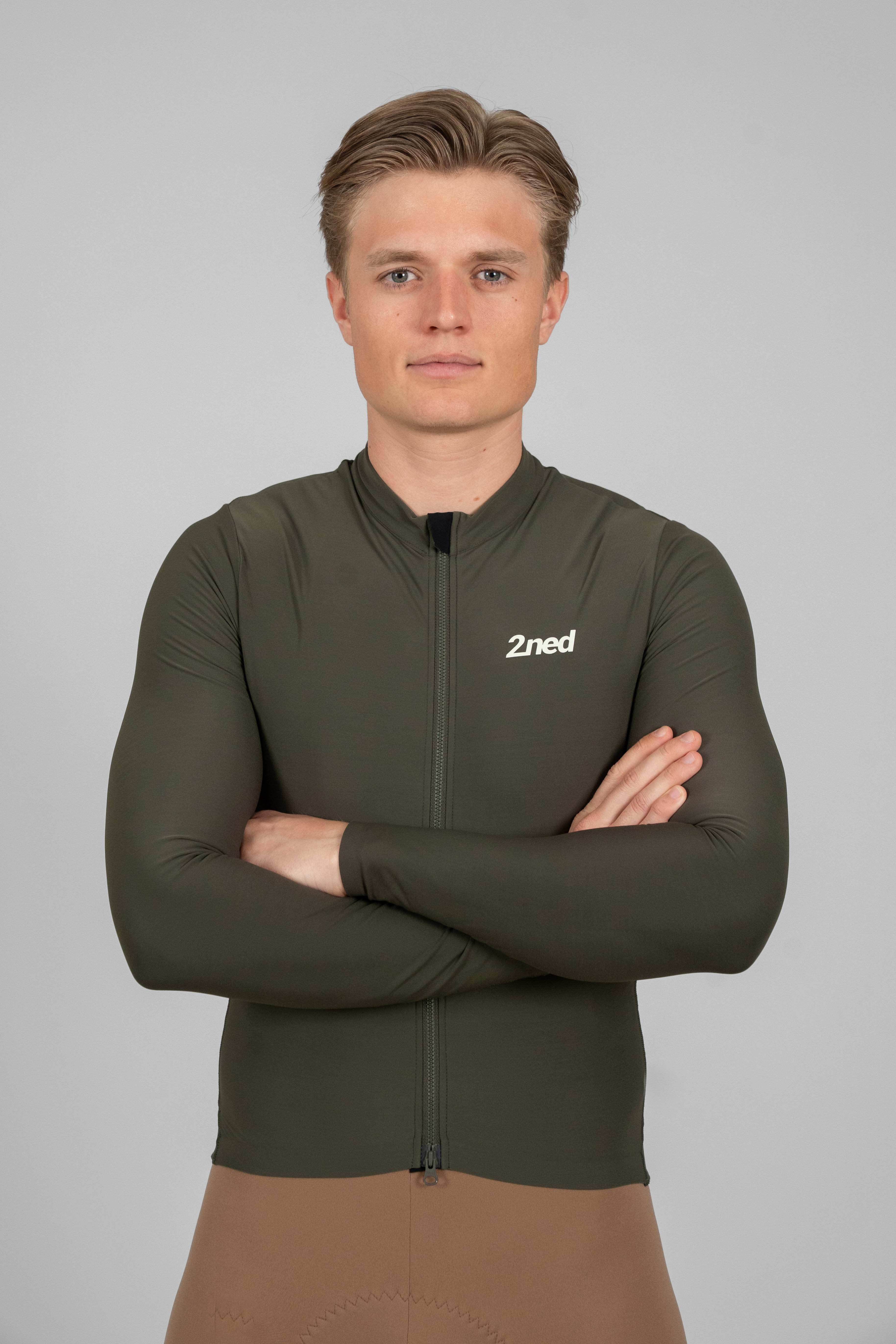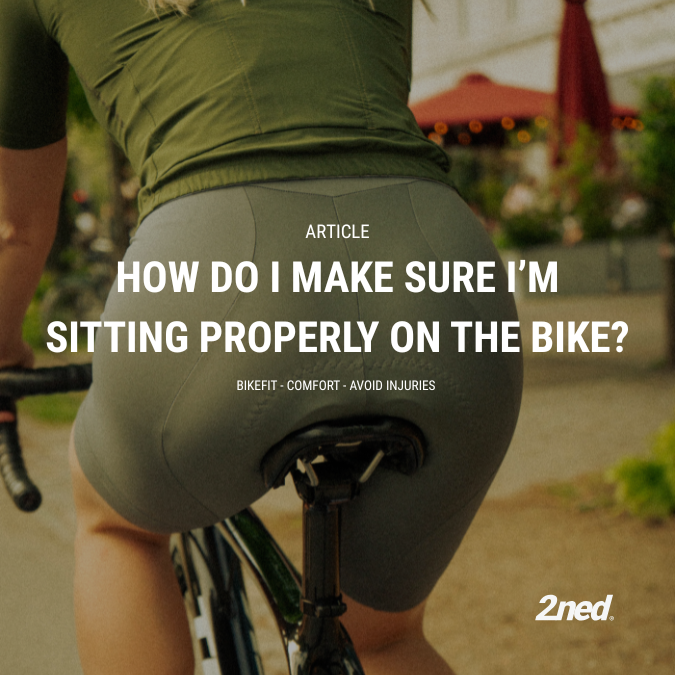Since you’ve landed on a 2ned article, you might expect the first thing we’d mention to be a good chamois pad. But the truth is—it’s far from the most important factor. The number one thing—and where you should start—is actually your bike setup.
Think about it: your body is unique. So how likely is it that your bike’s default settings just happen to fit you perfectly? The answer is simple—not very. And this isn’t just about comfort. It’s also about avoiding injury.
My own wake-up call came a few years ago when I developed a classic case of runner’s knee. Ironically, it happened while I was training on the bike. Every pedal stroke hurt, and eventually, I had to stop altogether. Physiotherapy and chiropractic treatments didn’t help—so out of sheer frustration, I booked a bike fit with Thomas Bundgaard, widely considered the best in Denmark.
In two hours, he hadn’t “fixed” my knee—but he had redistributed the load, as he explained. And that made all the difference. The result? I could ride home pain-free. Not only that—I was able to resume my training immediately.
It was pretty incredible. It felt like I’d gotten a brand-new bike—one tailored specifically to me and my body.
A good chamois pad is still important. Especially on longer rides. But at that moment, it felt like I could ride without one at all. That day, I experienced what it really means to sit properly on a bike. It completely changed how I felt. The comfort didn’t just come from the gear—it came from my position.
That’s why I never hesitate to recommend a bike fit whenever someone tells me their position feels off. Whether you go to Bundgaard, Mads Christensen, Mads Frank, or even try an app—it doesn’t really matter. What matters is that you pay attention to your position.
Once you’ve sorted that out, it finally makes sense to start thinking seriously about the chamois in your bib shorts.
Bike Fit – What the Research Says
It’s not just anecdotes like mine that underline the importance of a proper bike fit. Research and experience from professional environments back it up too: small adjustments can lead to major improvements—in comfort, performance, and injury prevention.
A study published in the International Journal of Sports Physical Therapy showed that a proper bike fit significantly reduced pain in the knees, neck, and lower back among recreational cyclists. On average, participants experienced 54% less pain after receiving a personalized fit. This holds true across both elite and amateur levels.
A good bike fit isn’t just about millimeters—it’s about shifting strain away from weak joints and toward stronger muscle groups. That might mean adjusting saddle height, saddle tilt, cleats, handlebar position—or even crank length. All things that are nearly impossible to guess—but that an experienced fitter can spot right away.
One often overlooked but crucial part of the equation is the saddle. Not just its height and angle—but its actual shape and width in relation to your anatomy. It’s your sit bones that should carry the weight—not the soft tissue in between. If the saddle is too narrow, too wide, too firm, or has the wrong curvature, it can cause discomfort or numbness—and in the worst cases, lead to injury over time.
Choosing the right saddle can be the difference between a ride you enjoy and one you just endure. A proper bike fit often includes a sit bone width measurement and an assessment of your flexibility—key to finding a saddle that matches your body, not just one that looks fast.
If you’re a beginner or intermediate cyclist, it might not be the first thing on your mind. But a good bike fit makes everything easier: longer rides, better recovery, and more motivation to get back in the saddle. It makes cycling more fun—and at the end of the day, that’s what matters most.
The Difference Between Something That “Works” and Something That Feels Right
Once your position on the bike is dialed in, that’s when your chamois pad really gets to shine. It’s where you notice the difference between something that just “works,” and something that truly feels right—mile after mile.
A quality chamois pad isn’t just one type of foam. It’s a multi-layered construction where each layer serves a purpose: one to distribute pressure, another to absorb shocks and vibrations, and outer layers for breathability and moisture control. The longer you sit in the saddle, the more your comfort depends on the pad’s ability to deliver on all those fronts—simultaneously.
The right pad also needs to match your body and your riding style. An aggressive road position requires something different than long gravel rides. Some riders need more thickness and shock absorption; others prefer a lower profile and closer contact with the saddle.
But even the most advanced chamois can’t do its job alone. It needs to be held in place properly—and that depends on the right combination of fabric, compression, and construction. If the fabric around the pad is too loose, it slips. If it lacks stretch, it restricts movement. A well-designed pair of bib shorts needs to balance everything: support, flexibility, and stability—without drawing attention away from your ride.
And there’s one thing that can’t be said clearly enough:
UNISEX BIB SHORTS ARE NEVER THE ANSWER!
Men’s and women’s anatomies are fundamentally different—especially when it comes to the pelvis, hip structure, and placement of the sit bones. A pad designed for a male body will rarely provide proper support for a female one—and vice versa. It’s not about color or branding. It’s about function, comfort, and injury prevention. If you’re in doubt, ask for a gender-specific solution the next time you’re buying bib shorts.
Many manufacturers—including our Italian specialists at Dolomiti Pads—are now actively developing pads that take this seriously. It’s become a higher priority in the industry, and as a rider, you can feel the difference.
Because in the end, it’s not about which pad you choose—it’s about choosing the right one.
When It’s Time to Choose
Choosing the right chamois pad might seem like a small decision—but it’s often the one that determines whether you look forward to your next ride, or dread it.
At 2ned, we offer two different pads in our bib shorts—both developed in collaboration with Dolomiti Pads and tailored specifically for male and female anatomy. One is more minimalist and close-fitting. The other has more volume and a bit of extra protection—especially for longer or rougher rides. But what feels best depends entirely on you.
That’s why you’re always welcome to visit our showroom, write to us, or give us a call if you’d like help finding the right pad and bib shorts to match your body and your needs.
We’re here to help.
